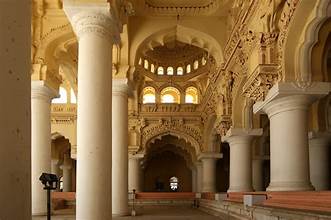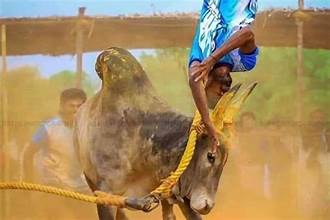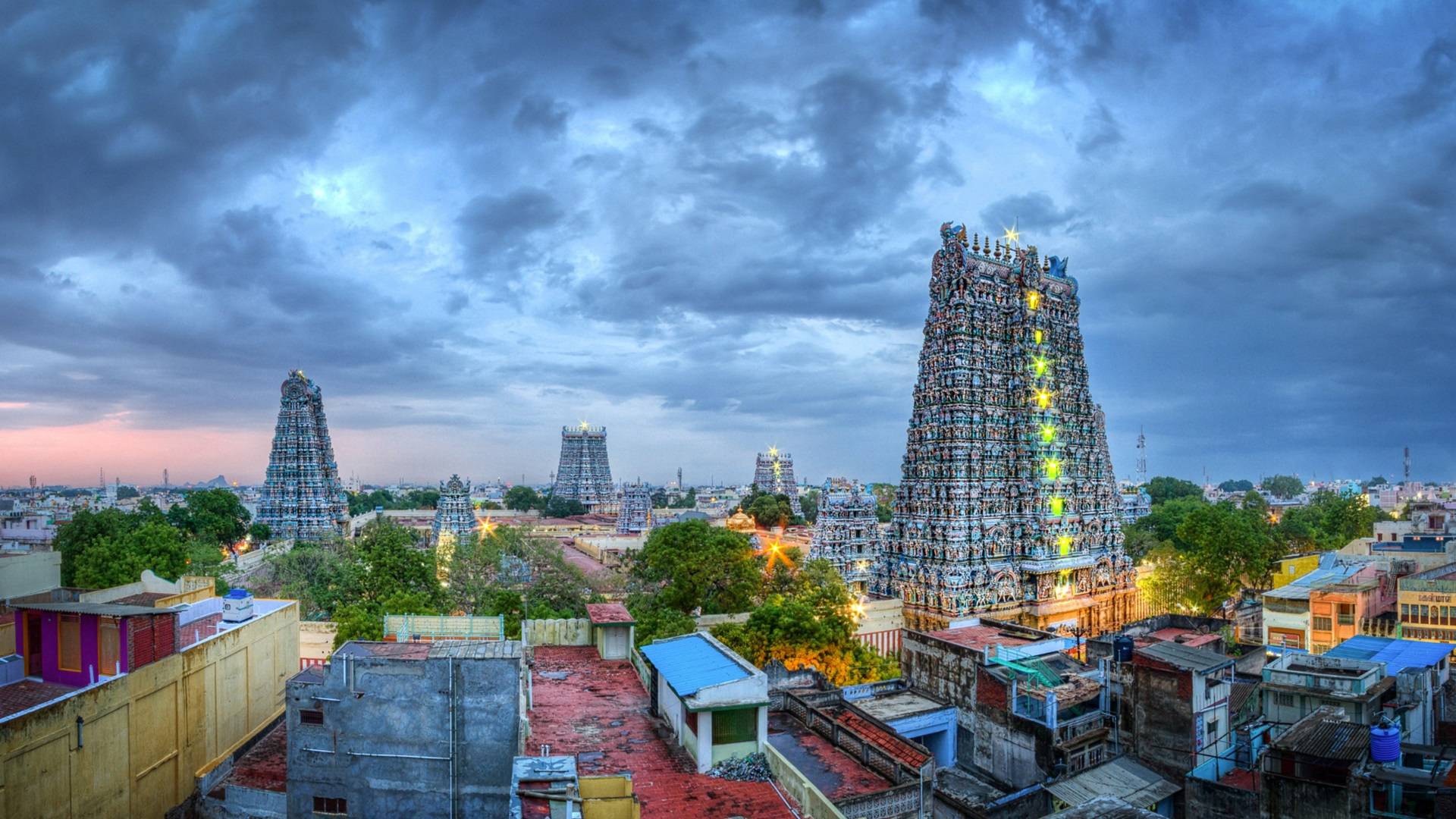Madurai is the third-largest city in Tamil Nadu and one of the state's top tourist destinations. Its history can be traced as far back as the fourth century BC when Greek ethnographer Megasthenes visited and wrote about it. The city's role in the spice trade with the Mediterranean led it to have cosmopolitan connections and a cultured lifestyle. Madurai also hosted gatherings of Tamil writers and poets during the ancient Sangam era and has remained a major center for Tamil culture and learning.

"Thirumalai Nayak Palace" is a 17th-century palace erected in 1636 CE by King Tirumala Nayaka, a king of Madurai's Nayaka dynasty who ruled Madurai from 1623 to 1659, in the city of Madurai, India. The building, which can be seen today, was the main palace, in which the king lived.
"Meenakshi Amman Temple", also known as Minakshi-Sundareshwara Temple, is one of the oldest and most important temples in India. Located in the city of Madurai, the temple has a great mythological and historical significance. It is believed that Lord Shiva assumed the form of Sundareswarar and married Parvati at the site where the temple is currently located.


"Gandhi Memorial museum" is housed in the splendid old palace of Rani Mangammal. The museum is a window to the glorious episodes of freedom struggles, glimpses from the Gandhian movement and a rich collection of relics.
A grand "jallikattu" was on display at Alanganallur, with 810 bulls racing through the vaadi vasal to face the bull tamers. The event was flagged off by Youth Welfare and Sports Affairs Minister Udhayanidhi Stalin here on Wednesday. Udhayanidhi Stalin took a safety pledge along with the bull tamers before the event.

